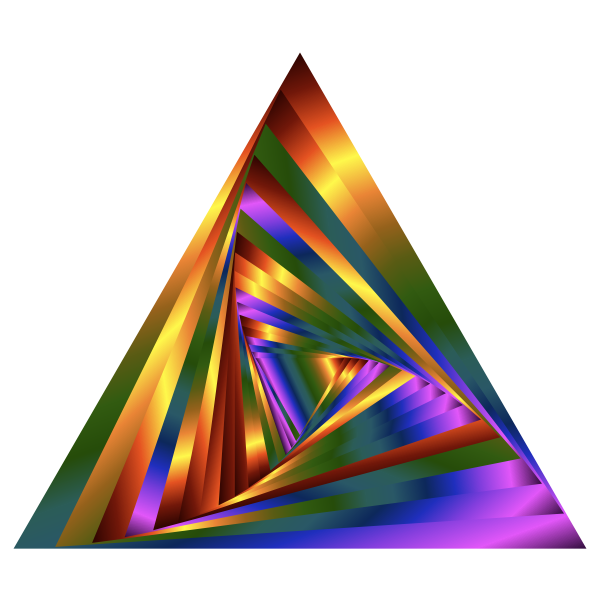

- Twist after tessellation triangle webgl how to#
- Twist after tessellation triangle webgl software#
- Twist after tessellation triangle webgl series#
- Twist after tessellation triangle webgl free#
I figure I could plug either the plane area or perimeter into the deviation calculation.

Twist after tessellation triangle webgl series#
I have a series of 3 points defining the planes/faces. Method 2: Find min max of vertices, average the min max into a deviation and move the model:įor my third method, I would really like to centre the model on its estimated centre mass. Which is not always good because some models have many, many points like at the tip of a gun or the cone of a ship. The problem: If the model has many points in one area, the deviation favours that area. Method 1: Add vertices, average them and move the model pseudocode: I can do this a few ways which I have implemented. Question: I'm working on a model editor and I have a set centre function to reset the centre of a model. Here is my edited version summarising the results of that thread: With these necessary and powerful basics in place, I searched the Internet for a bit of help on implementing an algorithm to calculate the centroid, and found a discussion on determining the Polyhedron Centroid Calculation Algorithm This enables each boundary component of the solid or shell to be represented by a single properly closed triangulated structure. TessellateSolidOrShell method to facet an entire solid or open shell in one single call. This deficiency was eliminated by the SolidUtils class introduced in Revit 2013, which provides the Revit defines the approximation tolerance internally.Ĭalling it separately for neighbouring faces, however, will return independent triangulations that do not line up where the faces meet, leaving The Face.Triangulate method returns a triangular mesh approximation to the face. Happily, the Revit 2013 API provides a method for triangulating the entire surface of a solid in one single call, ensuring a closed volume, unlike doing it face by face, which does not.
Twist after tessellation triangle webgl free#
Gap Free Triangulation for Polyhedral Approximation If high precision is not paramount, however, we can simplify the solid to a planar faceted representation by triangulating all its faces to create aĭetermining the centroid of a polyhedron is something that can be achieved in a very few lines of code, as I will show below.
Twist after tessellation triangle webgl how to#
Returning to the centroid and volume calculation, the Revit API provides both of these through the Solid ComputeCentroid method and Volume property.Īs said, a conversation prompted me to explore how to implement these calculations on my own as well.Ĭalculating exact results for an arbitrary solid is not trivial, of course, and could currently only be achieved making use of an external library. If you hook up these components intelligently, a lot of functionality can be achieved with little effort.
Twist after tessellation triangle webgl software#
He includes detailed explanations of the kind of problems this software addresses, getting started, and comparisons with other technologies such as the wind tunnel feature inīy the way, this is extremely interesting to look at for any Revit add-in developer, even if you do not care about this specific kind of analysis, because it shows an impressive example of using Revit as a front-end input tool to a powerful analysis component, reporting the results back graphically using the analysis visualisation framework AVF. Project Falcon is an outdoor airflow simulation add-in for Revit: Polyhedron centroid calculation implementationīefore getting into that, here is a quick heads-up to point out a new free technology preview to simulate airflow around buildings or other objects in a virtual wind tunnel: Project Falcon Computational Fluid Dynamics CFD Add-in.



 0 kommentar(er)
0 kommentar(er)
